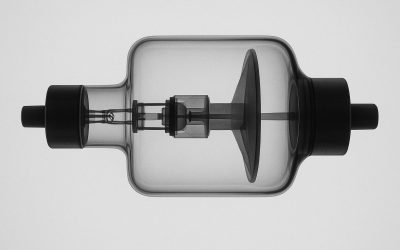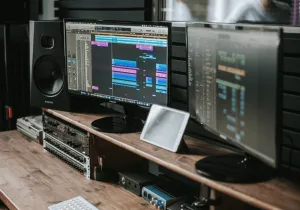Have you noticed how electronic devices have become smaller over the years? In addition, many of the gadgets we take for granted today are very smart and make our lives easier and more convenient. These handy items take advantage of modern printed circuit board design and have their roots in simpler technology. Let’s take a brief look at the PCB (printed circuit board) where it came from, what it can do for us and where it might be headed in the future.
What are Circuit Boards?
If you take several electronic components and connect them together on a simple board, you basically have a circuit board. But why do this? If not for circuit boards, you would need to create circuits from wiring and this would take up a great deal of space and is time consuming. Instead, you can create a special board with all the connections in place and add the components. It’s quicker this way and by saving space, you can make things smaller.
No Wires Needed
A typical PCB does not require wires, because it utilizes printed conductor material which takes the place of wires. By placing components along pathways of printed conductors, they can be interconnected. This can be used to perform a single function (like amplifying sound) or many different functions.
History
Forerunners of printed circuit board design were developed as early as the mid 19th Century. Simple components were mounted on wood and connected by metal strips. Before long, metal strips gave way to wires with screw terminal connections and chassis made from metal instead of wood. Gramophones are good examples of early board circuitry. They utilized thin sections of wood with drilled holes and flat brass wiring. However, true printed circuitry would not show up until several years later.
Charles Ducas introduced the first printed wire in 1925. This idea revolutionized electronics and changed it forever. Mr Ducas’ patent involved printing electrical conductors onto insulated material. Even though it was innovative, it would not catch on until the Second World War. Paul Eiser’s printed circuit board design (1943) utilized etching conductors onto copper foil connected to a non conductor base. This became very popular in the 50s as transistors began to replace vacuum tubes. Not only did it lower costs, it made electronics much smaller and more convenient.
By the mid 50s offset printing methods were used and double sided circuit boards became more common. In the 1960s, multi-layer boards were introduced and they were capable of handling several circuits. Over the years, technology has increased and size has decreased and printed circuit board design is creating thin and flexible products once thought impossible to produce. In the future, expect to see things even smaller and more innovative than ever. What you can imagine today, can be produced tomorrow.


